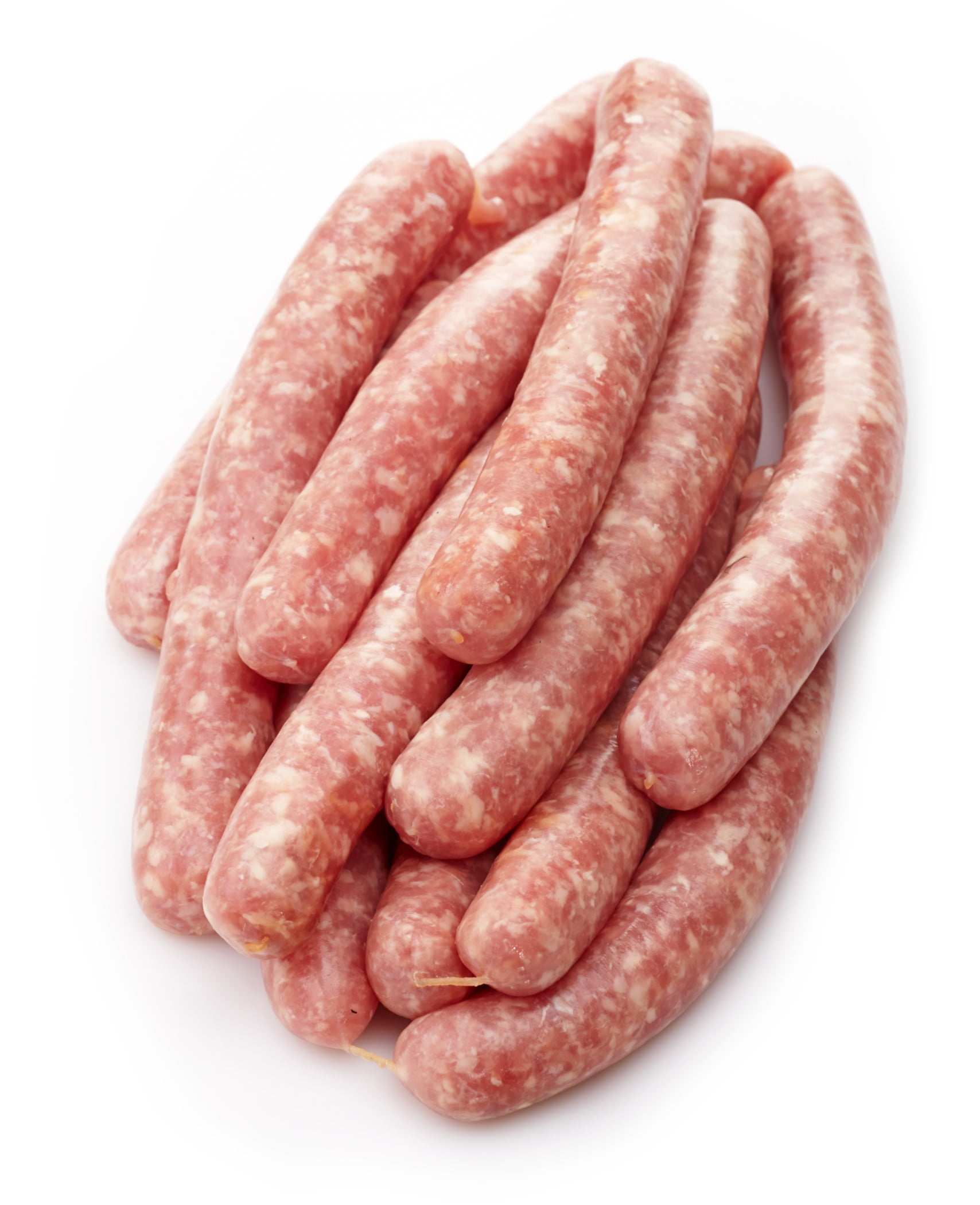SUPPLIER's perspective
TECH
helps food factories
maximize returns

International Sales & Marketing Director, HRS Heat Exchangers
By Matt Hale
Recovering high value products
When processing viscous food products, such as meat slurry or mechanically deboned meat derivatives or emulsions for the production of sausages and pâtés, it is inevitable that some product will adhere to surfaces — such as the inside of vessels and pipe work — or become left in equipment after processing. The potential value of this lost product can soon add up.
There are two ways of minimizing such losses in equipment, and in an ideal situation, they will be used in combination. The first involves designing equipment, such as tubular heat exchangers, which prevent product adhering to the surface in the first place – keeping it flowing through the system. The second aspect is the use of dedicated systems to clean and recover product from equipment after processing and before full cleaning occurs.
Many modern heat exchangers are designed to handle viscous materials without fouling. Some of these units use corrugated tube designs, while others used in more demanding situations use scrapers to continually remove residues from the surface of the tubes before they build up. These heat exchangers can be used for numerous processes, including heating and cooling, cooking, concentrating, pasteurizing, and sterilizing.
This self-cleaning provides two advantages in use. First, as the foodstuff being treated is kept moving and does not adhere to the tube surface, losses during processing are minimized. Second, because a ‘fouling layer’ is not built up, the optimal thermal performance of the heat exchanger is maintained increasing process efficiency and reducing energy use or treatment times.
No matter how good your equipment is at preventing product build-up, there will come a time when cleaning, usually in the form of cleaning-in-place or CIP, needs to be carried out. Depending on the range of products handled and product complexity, this may be required several times a day between production batches. If product remaining in equipment is ‘flushed’ through as part of cleaning procedures then, as shown above, hundreds of thousands of pounds of product could be lost each year.
No matter how good your equipment is at preventing product build-up, there will come a time when cleaning, usually in the form of cleaning-in-place or CIP, needs to be carried out.
Traditionally the problem has been overcome by the use of ‘pigging systems’ to physically push product through key parts of the system or to use water or air to push product through, although all have certain disadvantages, including added complexity and the potential to dilute or contaminate products.
Another option is to use a heat exchanger, which is capable of emptying itself of product before the cleaning cycle commences. For example, some tube-in-tube heat exchangers use a scraper bar and helical screw within the inner tube to enhance product flow, prevent fouling and minimize pressure drop. When configured correctly, this screw can be run in reverse, effectively emptying the heat exchanger tubes of product without damaging it or changing its characteristics.
These systems are particularly suitable for high-value viscous products such as meat and poultry emulsions, where any loses of product can be economically important. Users should look for systems that can be emptied of the majority of product without the need for any additional pumps or pressure systems, providing advantages in terms of both capital- and running-costs.
For more information, visit www.hrs-heatexchangers.com.

